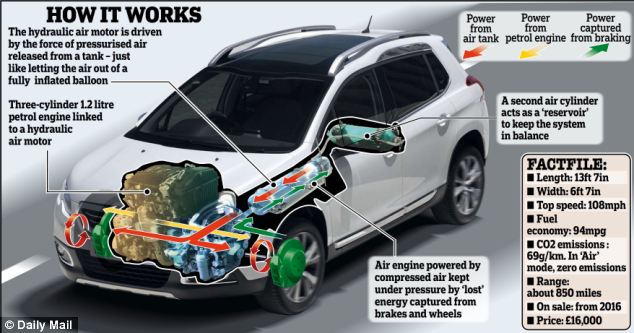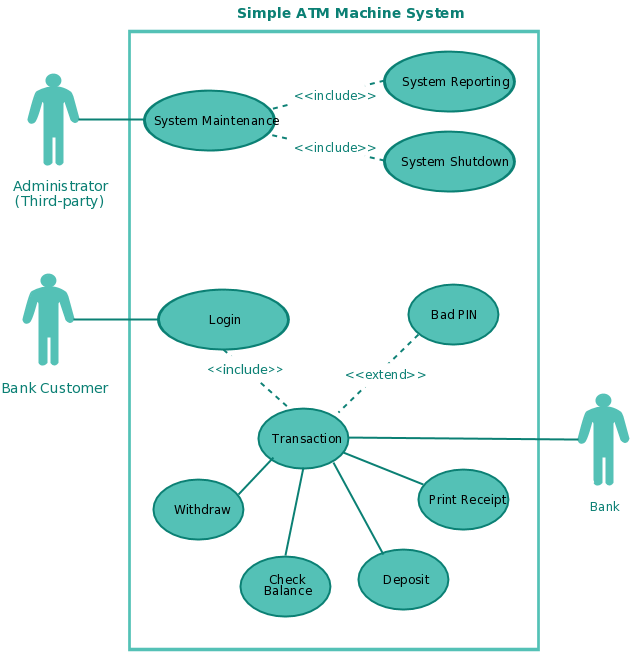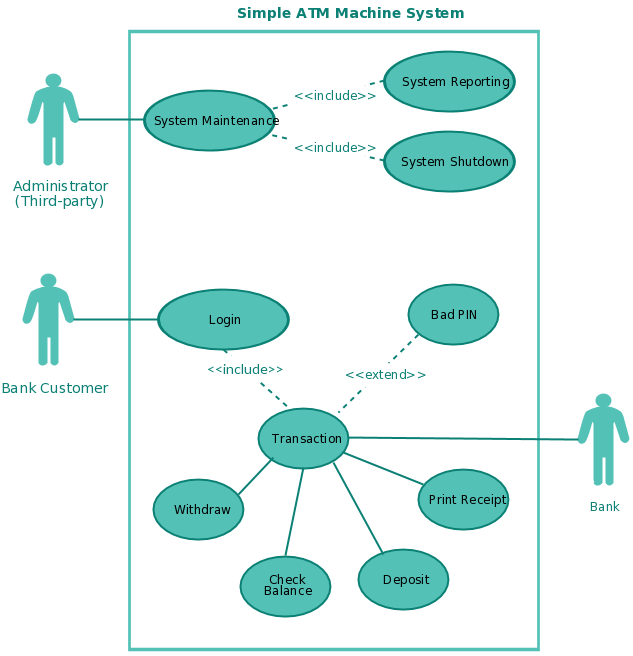
UML is a standard language for specifying, visualizing, constructing, and documenting the artifacts of software systems. It was created by Object Management Group and UML 1.0 specification draft which was proposed to the OMG in January 1997.
They are standardized diagram types to help you describe and visually map a software system’s design and structure. UML makes it possible to model just about any kind of application, both specifically and independently of a target platform, as it provides elements and components to support the requirement of complex systems, following the object oriented concepts and methodology.
Different diagrams are used for different type of UML modeling. There are three important type of UML modeling: Structural, Behavioral and Architectural.
Structural modeling captures the static features of a system and represents the framework for the system, but it never describes the dynamic behavior of the system.

Behavioral model describes the interaction in the system. It represents the interaction among the structural diagrams and shows the dynamic nature of the system.

Architectural model represents the overall framework of the system. It contains both structural and behavioral elements of the system. Architectural model can be defined as the blueprint of the entire system. Package diagram comes under architectural modeling.

RESOURCES: TutorialsPoint







